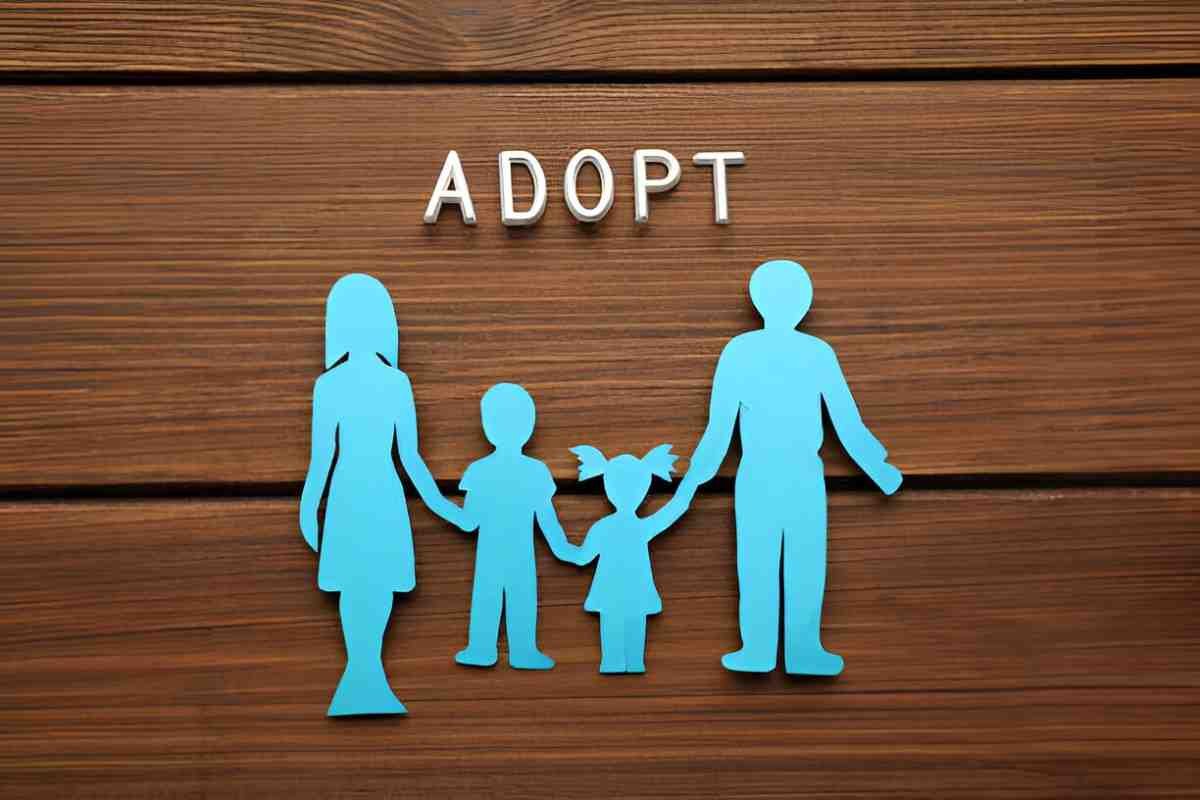Introduction
In finance and accounting, we often focus on those who adopt new technologies, strategies, or policies. But what about those who don’t? Non-adopters—individuals or businesses that resist change—play a crucial role in market dynamics, yet they rarely get the attention they deserve. I want to explore why people and firms choose not to adopt innovations, the economic implications, and how we can better understand their behavior.
Table of Contents
Who Are Non-Adopters?
Non-adopters are entities that reject new technologies, processes, or financial instruments despite potential benefits. They exist in every sector—consumers who avoid digital banking, businesses that stick to legacy accounting systems, or investors who distrust cryptocurrencies.
Types of Non-Adopters
We can categorize non-adopters into three broad groups:
- Resisters – Actively oppose change due to distrust or past negative experiences.
- Hesitators – Open to change but delay adoption due to uncertainty.
- Unreachables – Lack access or awareness, preventing adoption.
Understanding these distinctions helps tailor strategies to address their concerns.
Why Do People Resist Adoption?
1. Perceived Risk and Uncertainty
Behavioral economics tells us that people weigh potential losses more heavily than gains (prospect theory). If an innovation seems risky, they avoid it—even if the expected value is positive.
For example, consider a small business hesitant to switch from manual bookkeeping to cloud accounting. The perceived risk of data breaches or software complexity outweighs the efficiency gains.
2. High Switching Costs
Adoption isn’t free. It requires time, money, and effort. If the cost of switching exceeds perceived benefits, non-adoption persists.
\text{Adoption Decision} = \text{Benefits} - (\text{Switching Costs} + \text{Learning Costs})If this value is negative, adoption won’t happen.
3. Cultural and Social Factors
Some groups distrust financial institutions due to historical exploitation (e.g., redlining in the US). Others follow social norms—if peers avoid a technology, they do too.
4. Lack of Awareness or Access
Rural businesses may not adopt fintech solutions simply because broadband access is limited.
Measuring Non-Adoption: A Quantitative Approach
To predict non-adoption rates, we can use diffusion models like the Bass Model, which estimates how innovations spread.
f(t) = p + q \cdot F(t)Where:
- f(t) = Adoption rate at time t
- p = Coefficient of innovation (external influence)
- q = Coefficient of imitation (internal influence)
- F(t) = Cumulative adoption fraction
Non-adoption at any time t is simply:
\text{Non-Adoption}(t) = 1 - F(t)Example Calculation
Assume:
- p = 0.03 (low external influence)
- q = 0.38 (strong word-of-mouth effect)
After 5 years ( t = 5 ), cumulative adoption might be 40%. Thus, non-adoption is 60%.
Case Study: Mobile Payment Non-Adoption in the US
Despite the rise of Apple Pay and Venmo, 30% of Americans avoid mobile payments. Why?
| Reason | Percentage |
|---|---|
| Security Concerns | 45% |
| Preference for Cash/Cards | 32% |
| Lack of Smartphone | 15% |
| Other Reasons | 8% |
This table shows security fears dominate—a classic example of perceived risk outweighing convenience.
Strategies to Reduce Non-Adoption
1. Lower Perceived Risk
- Offer guarantees (e.g., fraud protection).
- Provide transparent case studies.
2. Reduce Switching Costs
- Subsidize initial costs.
- Simplify onboarding.
3. Improve Education and Access
- Financial literacy programs.
- Infrastructure investments (e.g., rural broadband).
Conclusion
Non-adoption isn’t irrational—it’s a calculated response to perceived risks and costs. By understanding these barriers, businesses and policymakers can design better interventions. Whether through behavioral nudges or economic incentives, addressing non-adoption leads to more inclusive growth.





